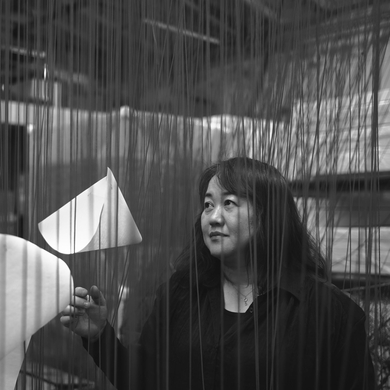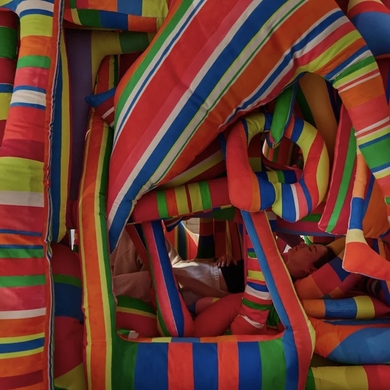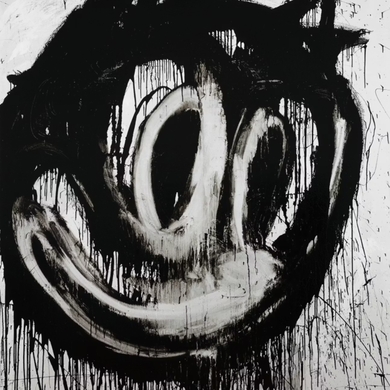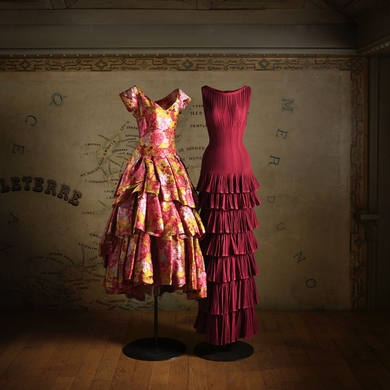In 1969, while at the Academy of Fine Arts in Karlsruhe, the 24-year-old Anselm Kiefer—today a towering figure in contemporary art—took a stand. In front of Germany’s most prominent buildings, he photographed himself performing the Nazi salute—the Sieg Heil. He called these acts “Occupations,” and titled the series of photographs “Heroic Symbols.” Critics and fellow students denounced his actions, but it is evident that Kiefer was confronting an epochal evil many of his countrymen wished to forget. And it wasn’t a momentary stand. Germany’s genocidal sin has flowed like an undercurrent through Kiefer’s art, which never stops asking, What does national identity look like in the wake of the Third Reich? In those early years, Kiefer worked across mediums—watercolor, painting, woodcuts, and artist books—to grapple with the question. This exhibition presents art from 1969 to 1982. —Elena Clavarino
Arts Intel Report
Anselm Kiefer: Early Works

Anselm Kiefer, Die Etsch (The Adige), mid–1970s.
When
Feb 14 – June 15, 2025
Where
Etc
Photo: Hall Collection © Anselm Kiefer. Photo: Mark-Woods.com



